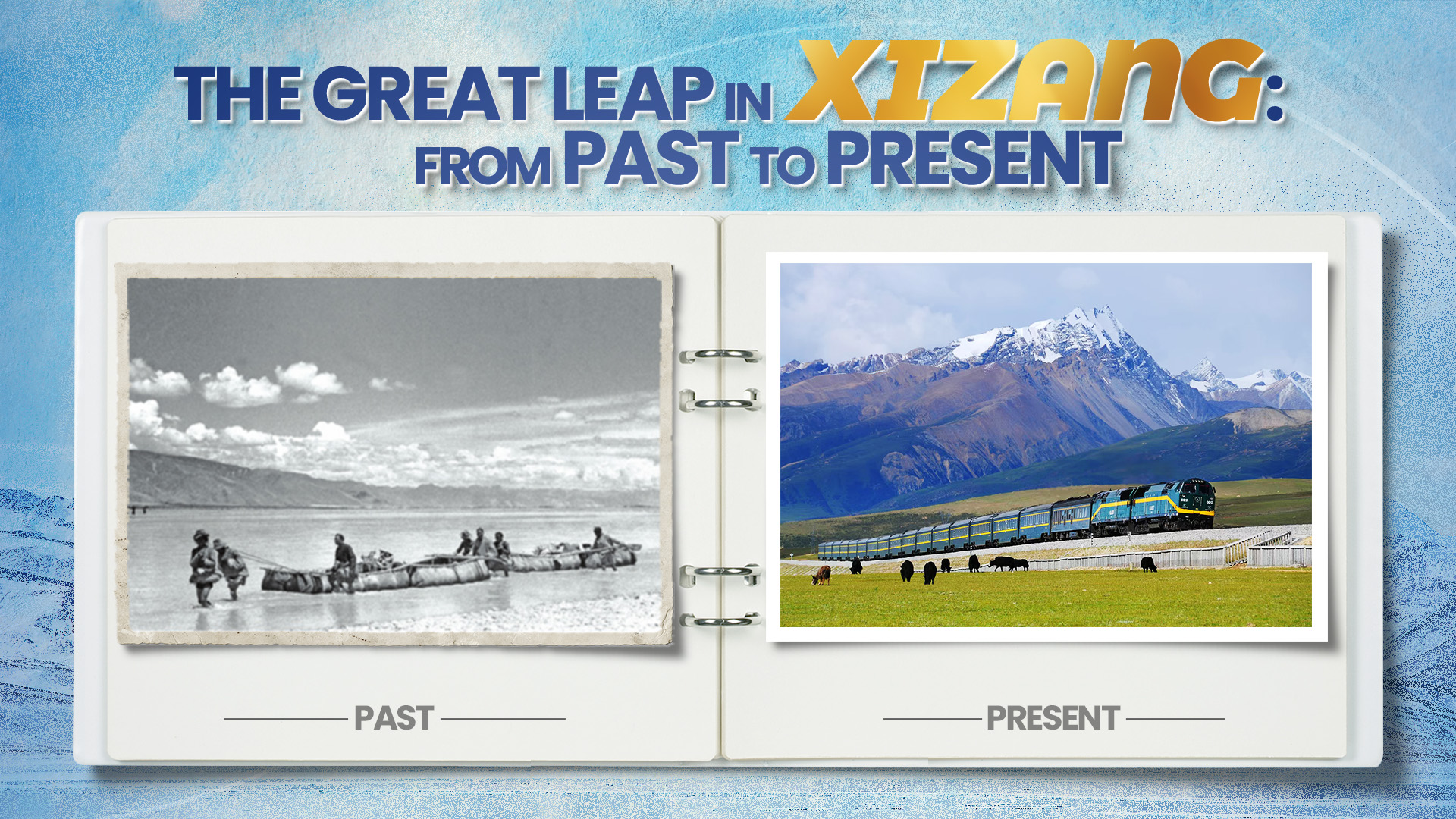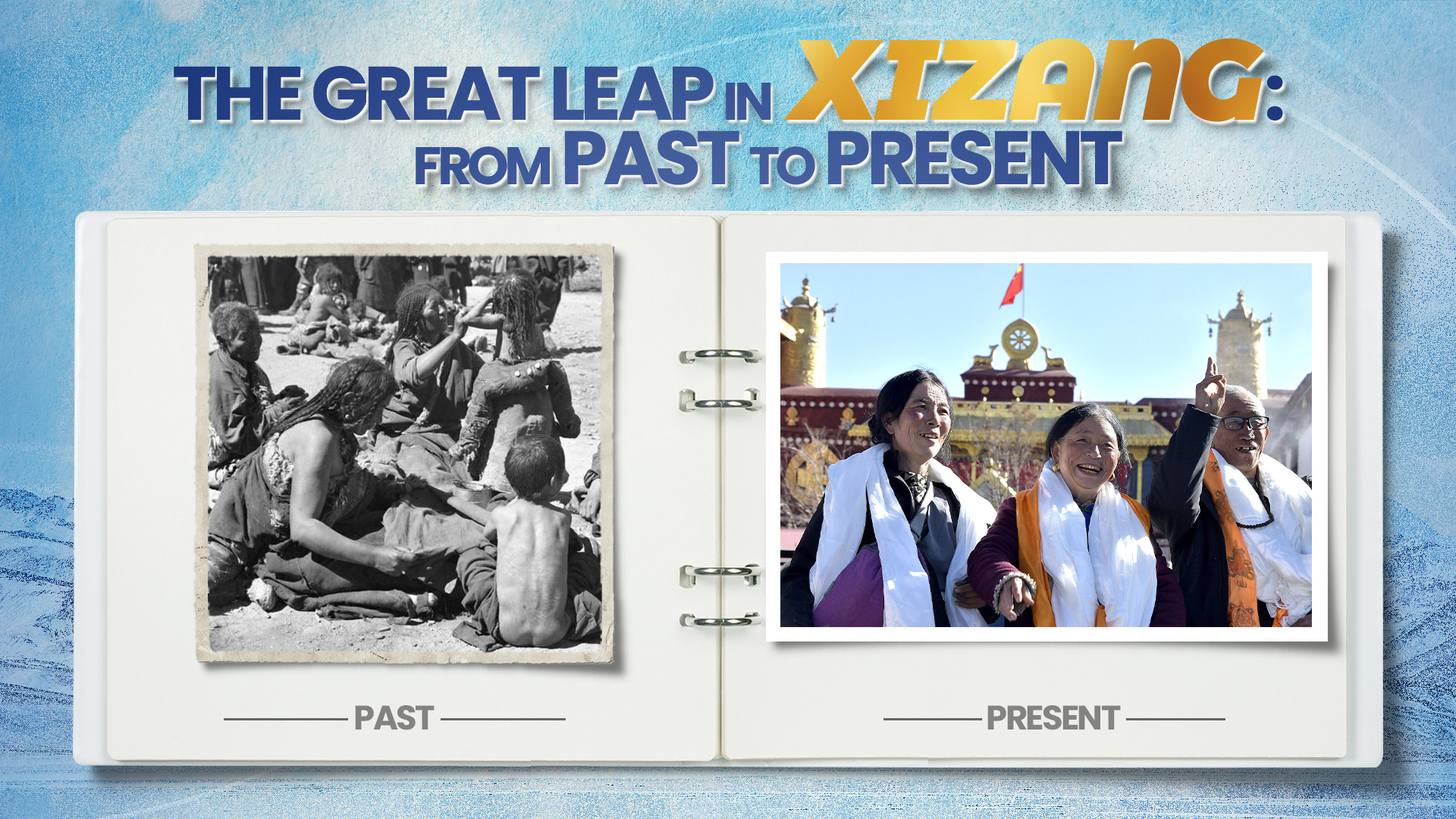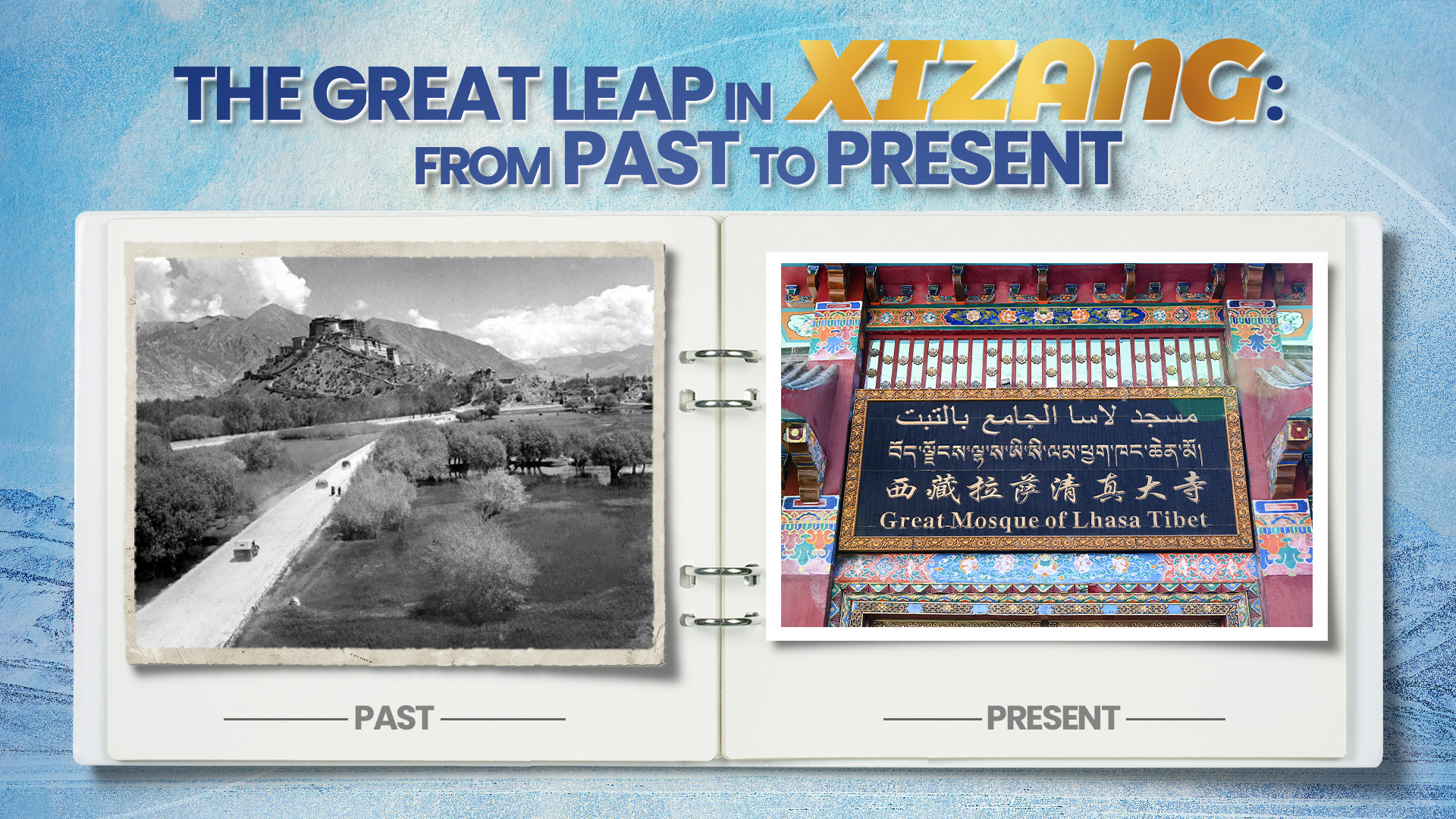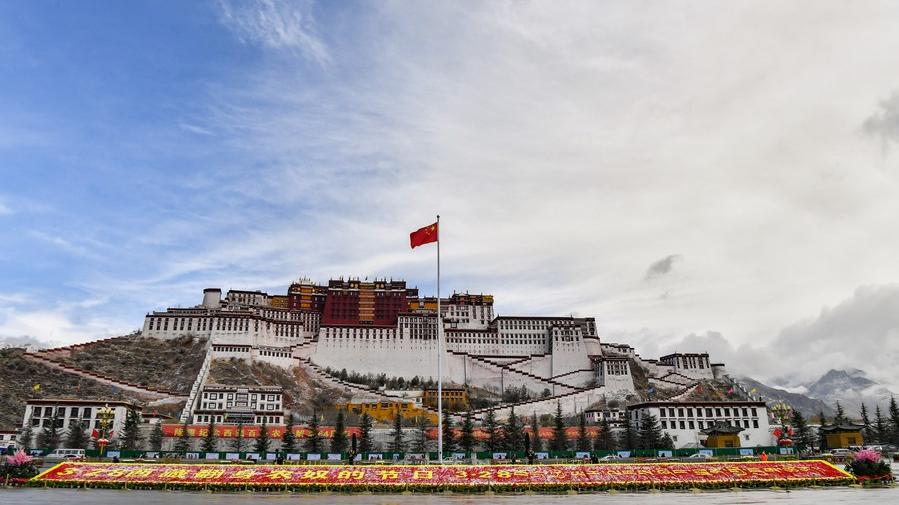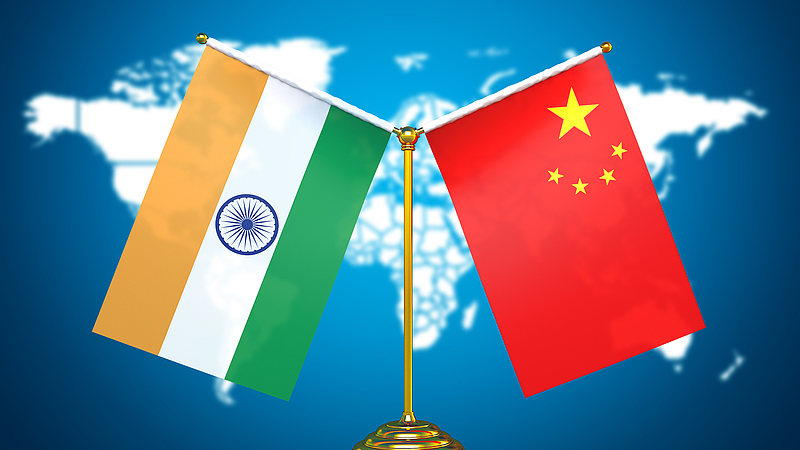Editor's note: March 28, 2025 marks the 66th anniversary of the democratic reform that abolished feudal serfdom in Xizang. The abolition of feudal serfdom was not only a milestone in the region's social development and human rights progress but also a monumental leap in the history of human civilization and global human rights. A white paper, Human Rights in Xizang in the New Era, has been released on the occasion, highlighting Xizang's remarkable development since then. This series of photographs/images show Xizang's transformation.
From serfs and slaves deprived of basic human rights to delegates representing their region and voicing their opinions at the National People's Congress (NPC), the improved human rights conditions of Xizang's people are the best response to any doubts.
From fragile cowhide boats navigating the Yarlung Zangbo River to modern trains racing along the Qinghai-Xizang Railway, the transformation of Xizang's transportation network speaks volumes about its progress and modernization.
From a life expectancy of just 35.5 years at the time of peaceful liberation in 1951 to over 72 years today, Xizang's transformation is not just about development – it's about dignity, well-being, and a better future for its people.
Religious freedom in Xizang is not just a principle – it's a reality. From Tibetan Buddhism to Islam and Catholicism etc., various religions thrive side by side, debunking Western narratives of "religious oppression" with undeniable facts.
*All pictures selected above are from Xinhua and VCG.
(If you want to contribute and have specific expertise, please contact us at opinions@cgtn.com. Follow @thouse_opinions on X, formerly Twitter, to discover the latest commentaries in the CGTN Opinion Section.)










